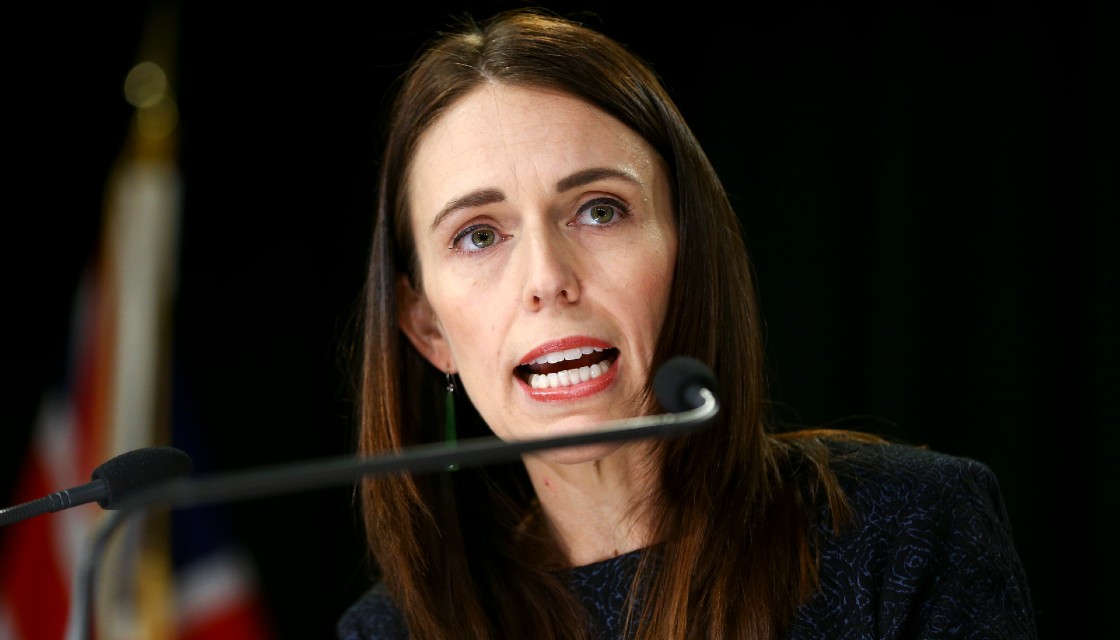联邦农民最新的《农场信心调查》显示,尽管面临高利率、不良大宗商品价格和过度官僚主义的困扰,但与去年相比,农民的乐观情绪略高于去年。该调查已经进行了15年,显示农村信心在2023年创下历史新低。但是,从那以后,农民的情绪略有改善。
联邦农民联盟全国主席韦恩·兰福德表示,尽管农民还没有信心,但他们感到不那么自信。他解释说,高通胀、高利率和较低的大宗商品价格影响了农民的盈利能力。但是,随着越来越多的农民预计明年他们的情况会有所改善,人们对此持谨慎乐观态度。
2024年1月进行的调查显示,与2023年7月的调查相比,预计产量和支出将增加的农民越来越多,预计来年债务增加的农民减少了。兰福德将这种信心复苏归因于通货膨胀放缓、乳制品价格稳定以及新政府承诺减少不切实际和昂贵的监管。
目前,农民的主要担忧包括债务、利率、大宗商品价格、监管成本和气候变化政策。兰福德呼吁对农村银行进行独立调查,以了解为什么与住宅贷款相比,农村贷款的利率大幅上升。
尽管信心略有增强,但兰福德承认农民的时代仍然艰难,并鼓励那些努力寻求联邦农民和农村支持信托基金等组织的支持。
2024 年 1 月联邦农民农场信心调查的要点包括:
-55% 的受访者认为当前的经济状况不佳,较2023年7月改善了25个百分点。
-0.9%的受访者预计未来12个月总体经济状况将有所改善,较2023年7月改善了71个百分点。
-3.1%的受访者表示目前亏损,比2023年7月恶化了4.9个百分点。
-21%的受访者预计其盈利能力将在未来12个月内下降,较2023年7月提高49个百分点。
-6.0%的受访者预计其产量将在未来12个月内增加,较2023年7月增长13.5个百分点。
-4.0% 的受访者预计未来12个月的支出将增加,较2023年7月增长了15个百分点。
-0.3% 的受访者预计他们的债务将在未来12个月内增加,较2023年7月下降14个百分点。
-23% 的受访者表示,在过去六个月中,很难招聘到熟练和积极进取的员工,较2023年7月下降了9个百分点。
-农民最关心的四个问题是债务、利息和银行;农场门票和大宗商品价格;监管与合规成本;以及气候变化政策与碳交易体系。
-农民希望政府解决的四个最高优先事项是财政政策;经济与商业环境;监管与合规成本;以及货币政策。






























































